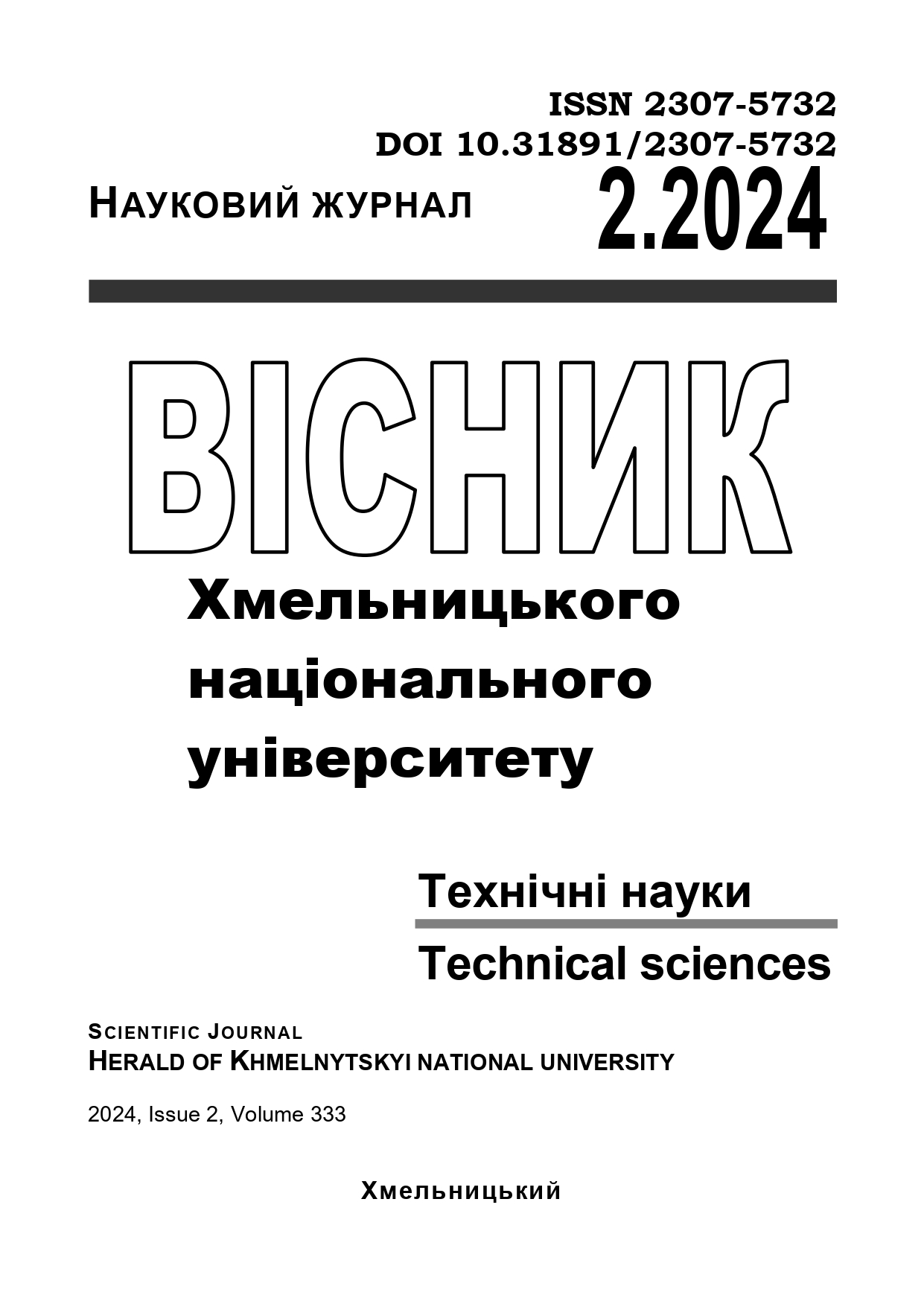ESTABLISHING THE TYPE OF TEXTURE FORMING PARTICLES ON HYDROPHOBIC PROPERTIES OF COATINGS
DOI:
https://doi.org/10.31891/2307-5732-2024-333-2-25Keywords:
nanoparticles, coatings, hydrophobicity, polymer, wettingAbstract
In this study, the primary objective is to investigate the impact of various particles on the hydrophobic characteristics of a coating. The experimental approach involves employing a conventional chemical precipitation method to fabricate ZnO particles. Subsequently, composite materials of SiO2-ZnO are synthesized based on these ZnO particles. The coating is formulated using styrene-butyl methacrylate as the principal raw material. Different particles, namely TiO2, SiO2, ZnO, and ZnO-SiO2, are individually added to the coating, allowing for the exploration of the influence of distinct mass ratios on the resulting hydrophobic angle.
The findings of this investigation reveal a notable trend in the contact angles of the four materials as the mass ratio varies. Initially, the contact angles experience an increase, followed by a subsequent decrease. Remarkably, when the mass ratio of ZnO-SiO2 is set at 60%, the contact angle achieves an impressive 152.5°, meeting the criteria for superhydrophobicity. In comparison to a pure acrylate polymer coating, the incorporation of particles induces agglomeration on the coating's surface. This agglomeration can be conceptualized as clustered particles, contributing to heightened surface roughness in the coating and consequently enhancing its hydrophobic properties.
The observed variations in contact angles underscore the nuanced interplay between mass ratios and hydrophobicity, shedding light on the optimization possibilities for achieving superhydrophobic coatings. The study suggests that manipulating the composition of particles within the coating formulation can be a viable strategy for tailoring hydrophobic properties. Furthermore, the surface modifications induced by particle incorporation provide valuable insights into the underlying mechanisms governing the hydrophobic behavior. This research contributes to the broader understanding of materials science and surface engineering, offering potential applications in areas where superhydrophobic coatings are desirable, such as anti-fouling surfaces, self-cleaning materials, and advanced protective coatings. The exploration of such multifaceted relationships between particle composition and hydrophobicity holds promise for the development of innovative materials with tailored surface properties.

